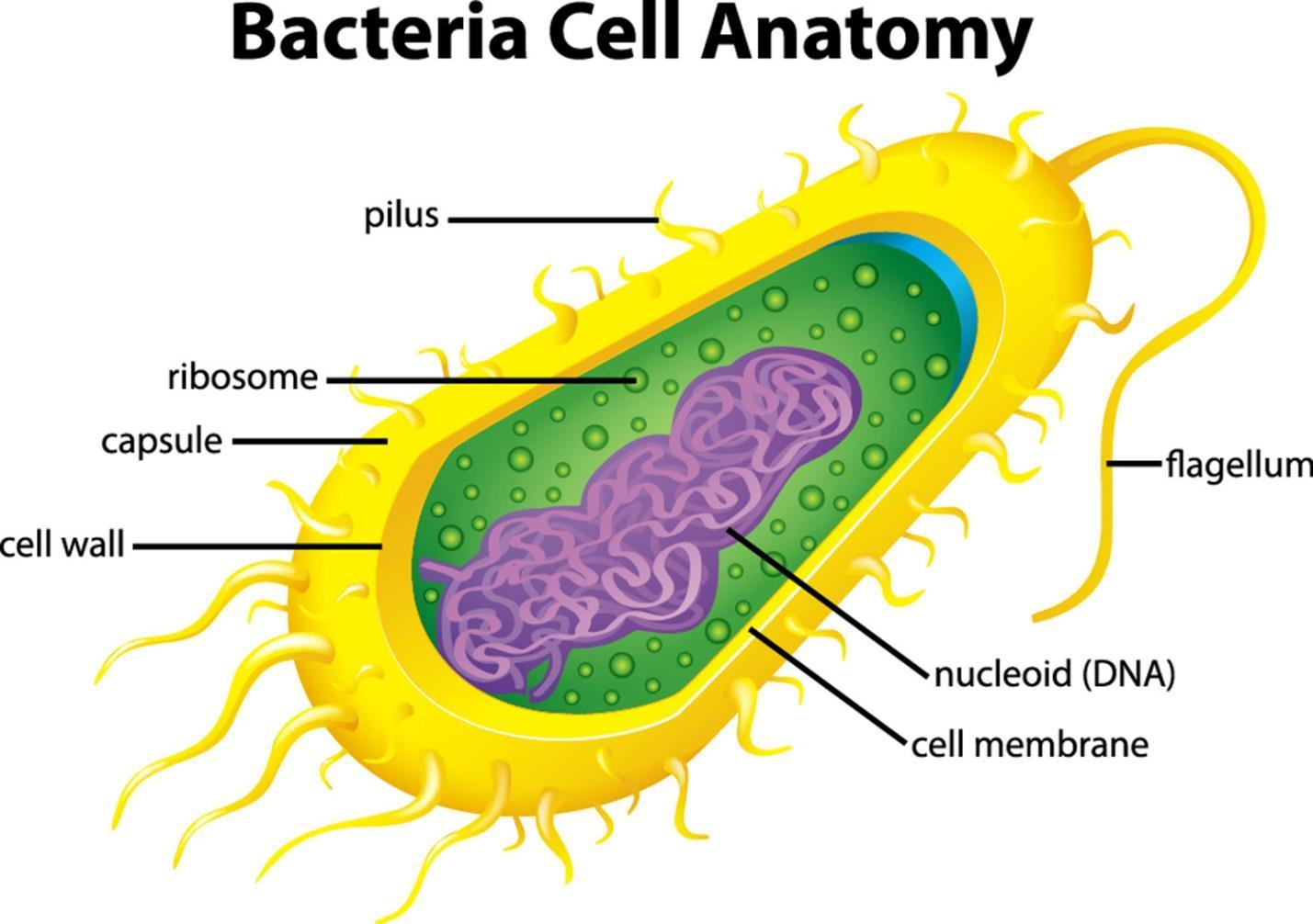
1 minute read
How Genes become Traits
HOW GENES BECOME TRAITS
Sometimes, it is easy to see how a gene becomes a trait, while it is harder to see in other circumstances. In some cases, a single gene codes for a single enzyme in a biochemical pathway. If the enzyme isn’t present, nothing happens in the entire pathway and the end product of the pathway does not get made. In other cases, a single gene codes for a receptor protein on the cell surface. The blood types A, B, AB, or O, are determined by the proteins labeled as such on the red blood cell.
Advertisement
Remember, too, that in eukaryotes there are two copies of each gene. One copy by itself is called an allele. Some alleles are dominant so they get expressed no matter what the other allele is. Other alleles are recessive, so they don’t get expressed unless it’s corresponding allele is also the same recessive allele. Still others are called codominant because both alleles get expressed at the same time. Finally, most traits in an organism are polygenic, meaning that more than one gene goes into making the phenotype. There isn’t, for example, just one tall gene and one short gene that determines who will be tall and who will be short.
An example of a dominant trait is that for brown eyes, which is dominant over the blueeyed gene. Blood groups represent an example of codominance, where each gene is as important as the other. Recessive genes are best understood in terms of the disorders we often see that are recessive in nature. Diseases like phenylketonuria and cystic fibrosis are examples of diseases where two recessive genes need to be present. There are a great many other traits that depend on multiple genes, such as the risk a person has for heart disease or diabetes.



